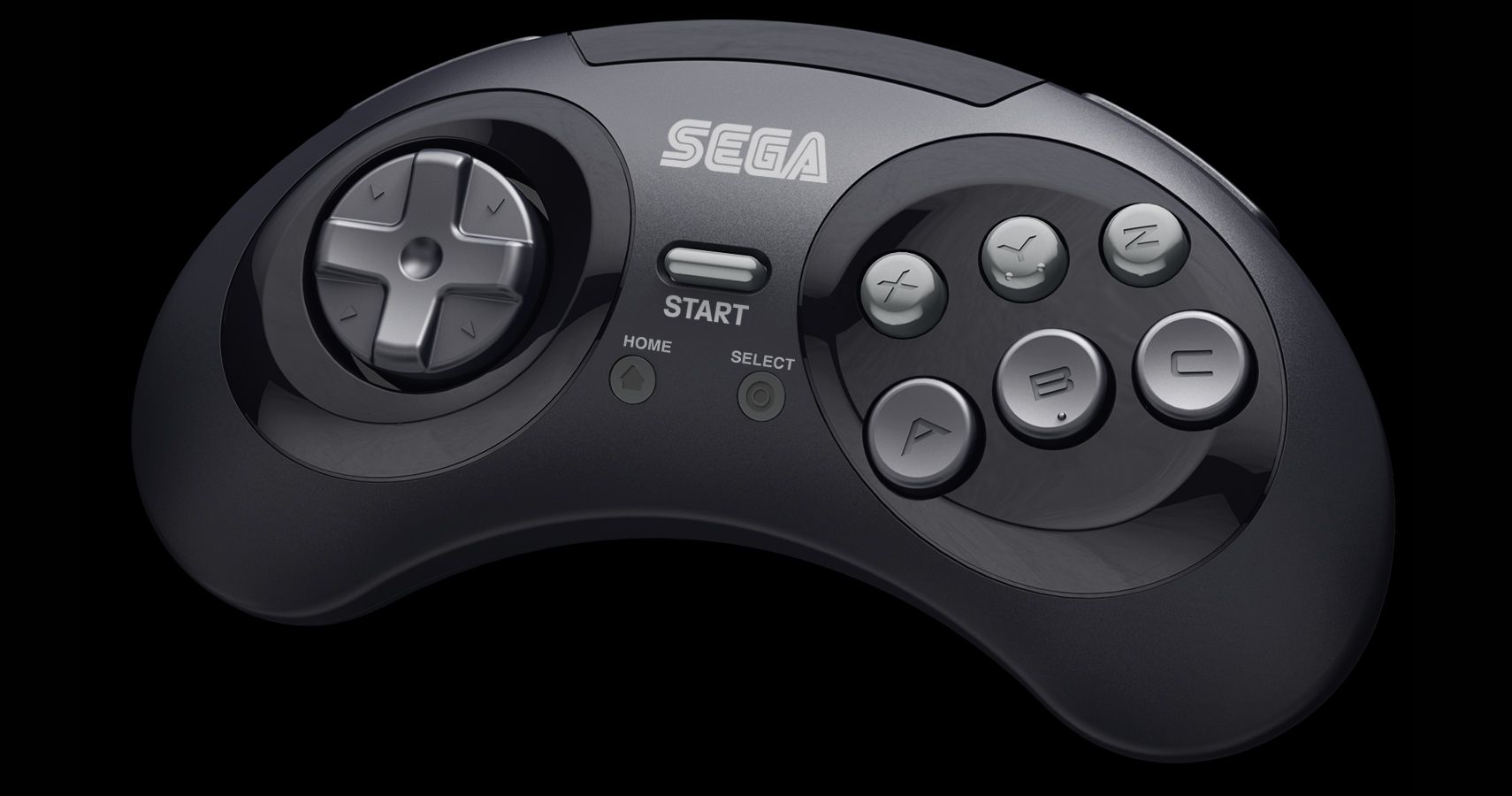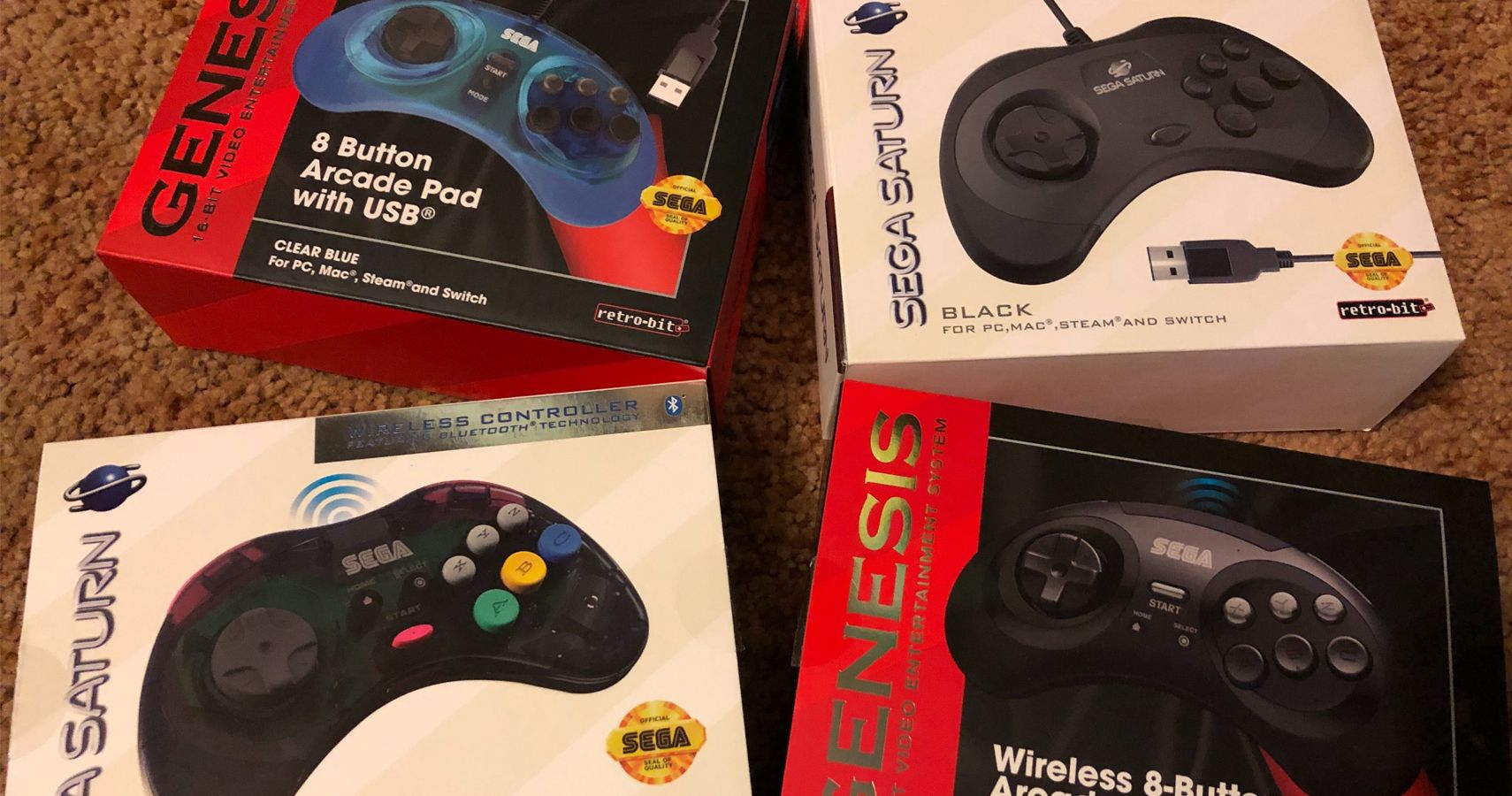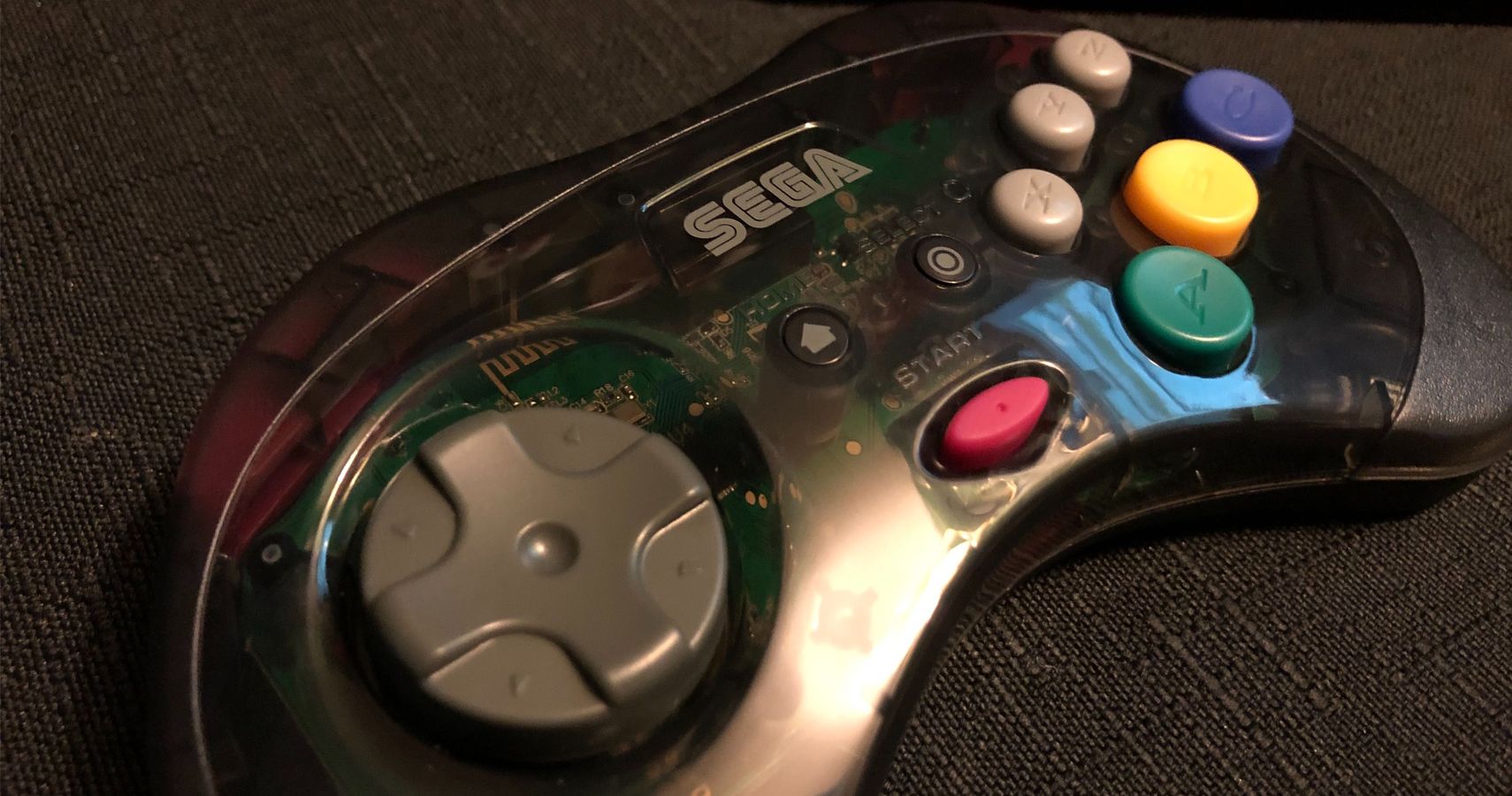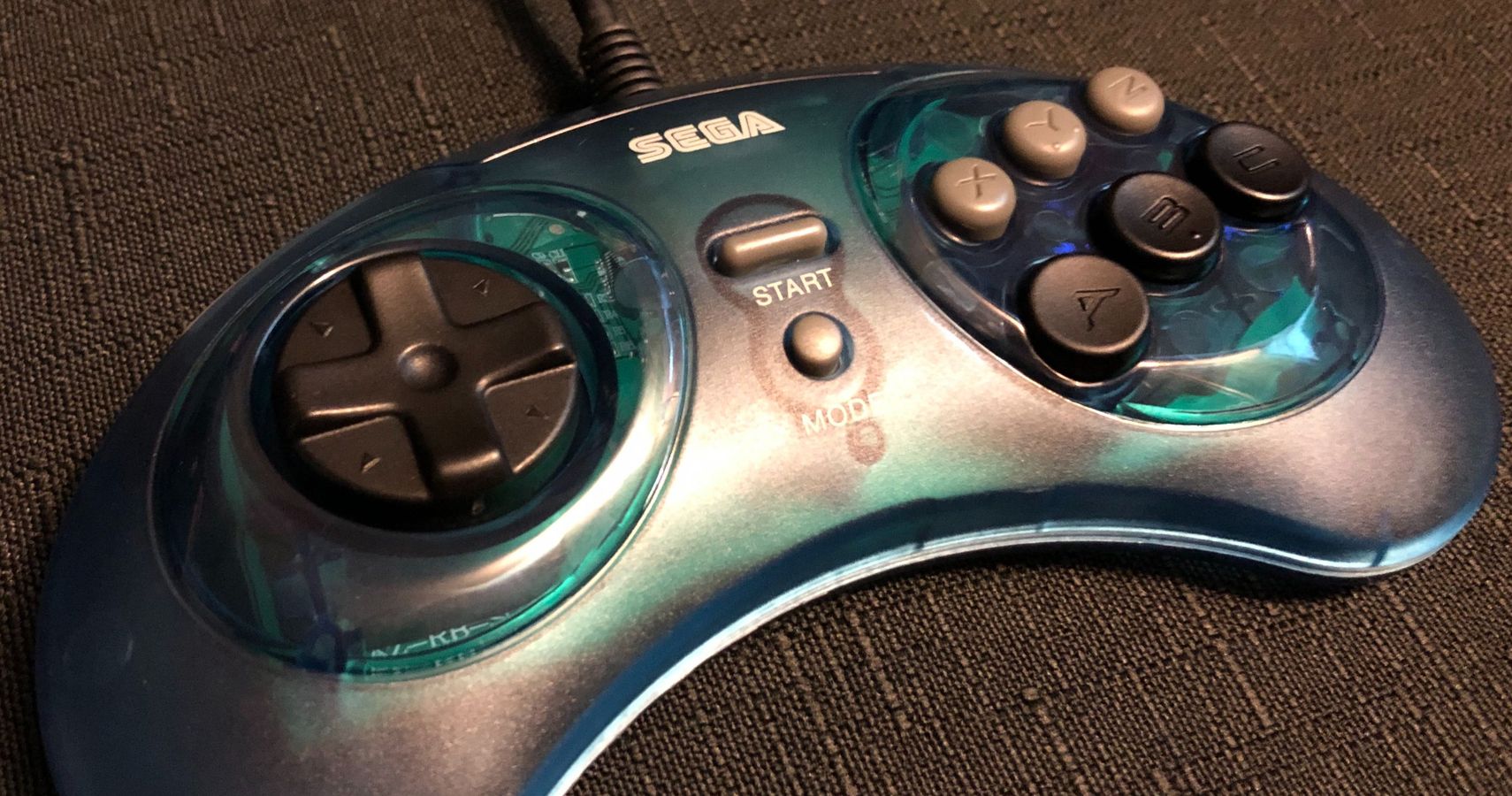For many retro gaming enthusiasts, nothing will beat the controllers they grew up using. Be it the NES, SNES, or Sega Genesis gamepad, most people look back at their first controller as the pinnacle of gamepads. It's not hard to see why, either: that's where you learned how to run, jump, shoot, and move. Nothing can beat the purity of the original.
Hardware isn't made to last forever, though. While retro consoles have somehow stood the test of time (with many still functioning some 30 years after release), controllers were made for a shorter period of use. Unless you didn't use yours that often, you've probably had to replace a gamepad or two in your day. With official, first-party stock diminishing as time goes on, where does one turn for replacement gamepads?
Enter Retro-bit, a company that specializes in recreations of original hardware. With a range of clone consoles and gamepads under its belt, the company is known for its commitment to accuracy when reproducing gamepads. There are certainly some creative liberties taken with certain devices – an N64 controller by the company has a radically different design – nothing compares to its line of Sega Genesis and Sega Saturn controllers. If one hasn't used an original in the last decade or two, they might mistake the Retro-bit for a '90s original.
Starting off, this range of controllers comes in models based on the six-button Genesis pad and the Saturn's original controller. You can buy both in either their original color scheme or a clear colored one. Going a step further, these gamepads are provided in wired and wireless options as well as ones fitted with original console connectors. That's right; you can buy these reproductions for use on their debut hardware.
Using official molds from Sega, the shape and design of the gamepads are 100% accurate. At a glance, these appear no different from the controllers shipped in the '90s. The button spacing is identical, the layouts are the same, and even the d-pads are faithfully recreated. It's an absolute joy to look at if only for its nostalgia-factor. Using them, though, is where the real magic is at.
If you opt for the wired gamepads, you'll find that the somewhat short cables from the originals have been extended a couple of feet. There was something about older gamepads and six-foot cables that was standard, but we've thankfully moved past that as a society. Now, you can sit back about ten feet from your console or PC, which is heavenly. It feels more like gaming in the modern era, which is exactly what you'd want.
The controllers outfitted with their original sockets will only work on those respective consoles, but the USB gamepads feature support for PC, Mac, Switch, and the recently released Genesis Mini. In a nice touch, these gamepads include six-button functionality in the titles that originally had them on the Mini (Street Fighter II: Special Champion Edition, Comix Zone, Eternal Champions, and Virtua Fighter 2). Not only that, but a special "Mode" button on the Genesis controller will bring up the Mini's built-in menu system to let you quickly switch titles or make save states. Curiously, the Saturn pad doesn’t feature this.
Hopping over to the wireless options, they are a match for the wired ones but include functionality for a few extra devices. Since these utilize Bluetooth technology, you can pair them with Android or iOS devices and even use them on PS3. PC usage of the wireless pads requires you plug in an included micro-USB cable that mimics the wired pad. The only other addition is a rumble feature, which works for certain games on PC.
All of this functionality doesn't matter if the gamepads don't feel good, but even that isn't a concern. As I said earlier, anyone without extensive experience with the original controllers would be hard-pressed to notice any differences here. These will feel exactly like your memory tells you the originals were. If you compare them side-by-side, though, there are some slight changes.
The most noticeable is that the Genesis pad now has shoulder buttons. The original six-button controller lacked these, but newer games do make use of a lot more than six face buttons. Strangely, the plastic used on the wired version feels kind of flimsy and too recessed, but the wireless version is a little clickier. It's not exactly the best feeling button around, but if you intend to use these on original hardware, you won't even notice.
The Saturn pad is practically identical, save for slightly extra travel on the d-pad. Something with the molding seems to be slightly different, either from age or different plastic. It's not bad, mind you, but there is a small change from the original. The buttons, though, are just magnificent. My hands have grown up a bit since the '90s, so I wasn't able to completely gel with the smaller size. That being said, the same indentations used to signify each row of buttons has been retained, which means you'll likely find which button you're looking for without having to stare at the controller.
The only thing that hurts the wired Saturn pad is that it lacks that "Mode" button. The d-pad is far superior to the one that the Genesis pad has, but the lack of extra functionality hurts it for use on other hardware. Since the wireless button adds that "Mode" switch, it's the preferred version. In fact, the wireless versions even have a dongle that will hook them up to original hardware. It's a no-brainer to get that over the wired ones. That receiver even works with the Genesis Mini!
I don't have access to lag time tests, but I didn't notice anything in the way of input latency. Whatever is there is likely being caused by modern displays, which a controller can't prevent. If you can deal with that, then the Retro-bit gamepads are easily the most accurate and well-made retro gamepads I've felt in a long time.
Retro-bit provided samples of both the Genesis and Saturn gamepads to TheGamer for this review. You can see all of Retro-bit's available controllers on its official website.




